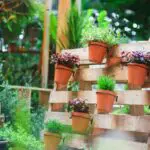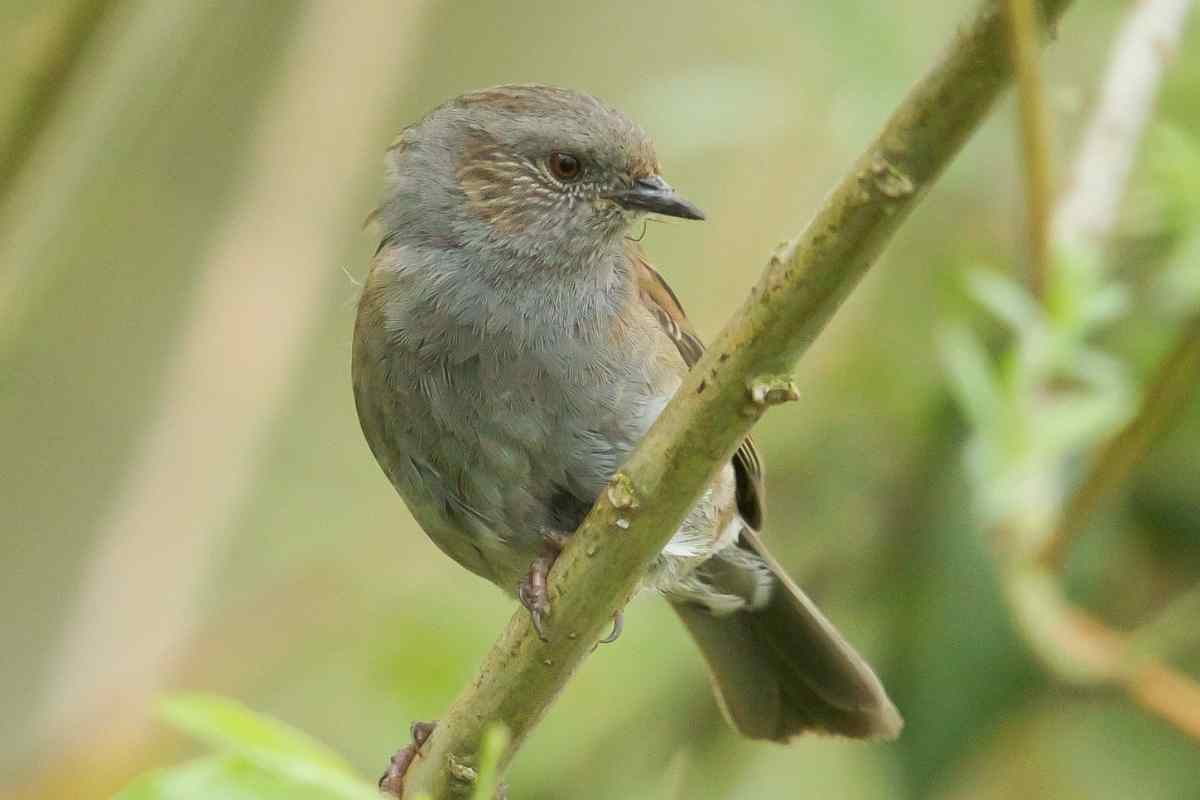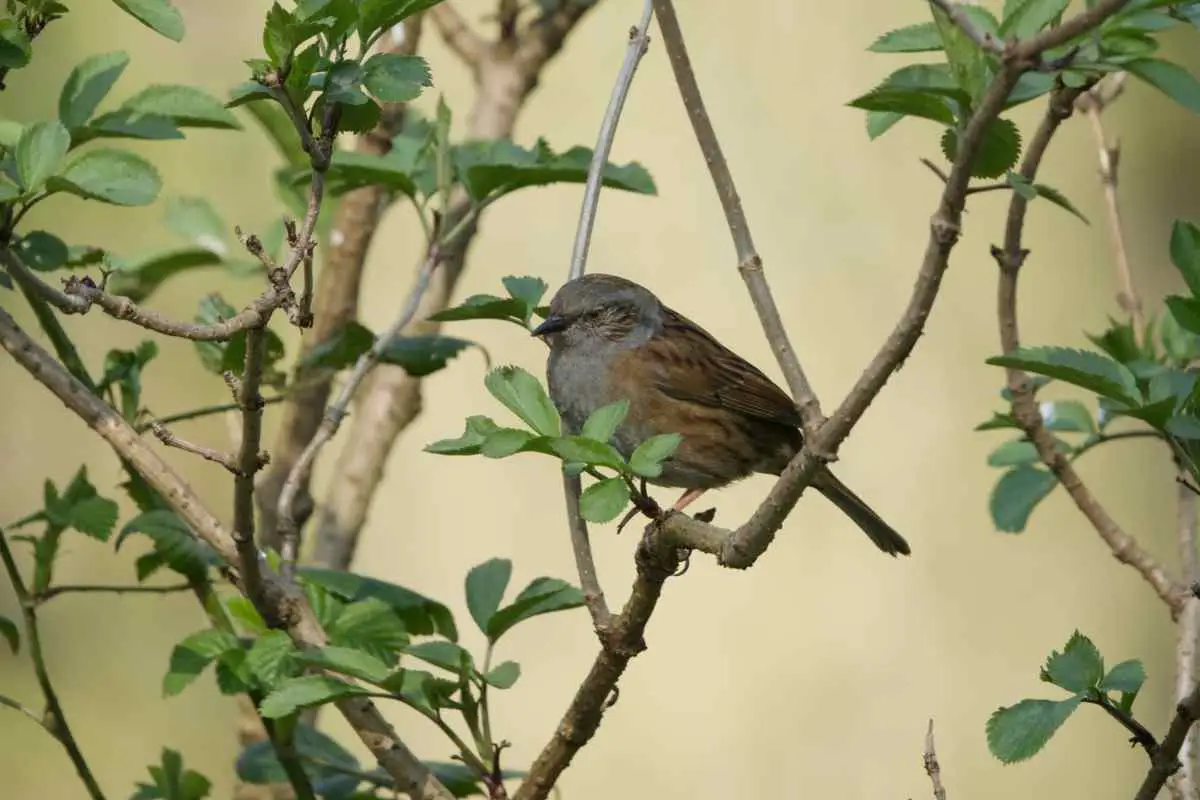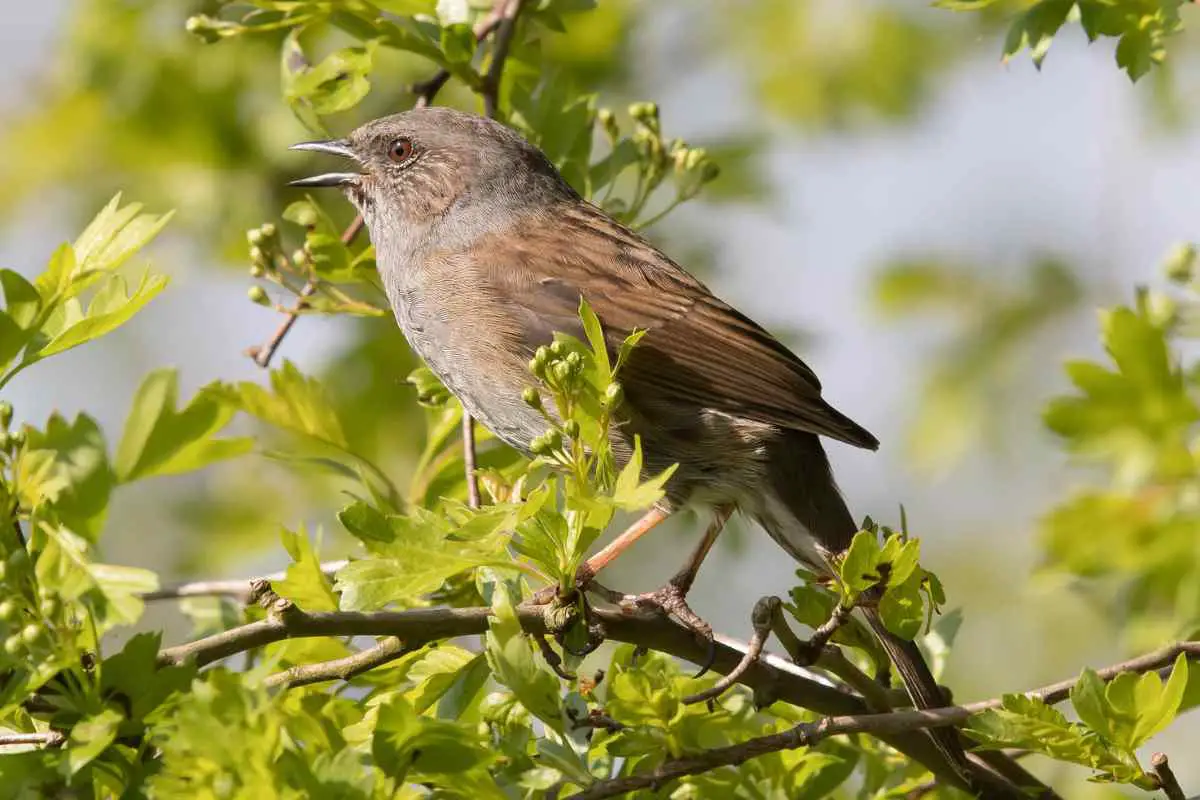Ways to encourage biodiversity in an organic garden include planting a pollinator garden with native species to increase flower diversity and the number of pollinators, letting your lawn overgrow to create more habitat, adding a pond to increase the kinds of species that can live in your garden, and not using pesticides because they hurt plants and animals.
Do you have an organic garden and want to increase its biodiversity? Read on for some simple ways to bring more plants and animals to your garden!
Table of Contents
What Are Pollinator Gardens?
Pollinators such as butterflies and bees are in decline. However, you can make your garden more friendly to pollinators, which will help both your local pollinators and your garden.
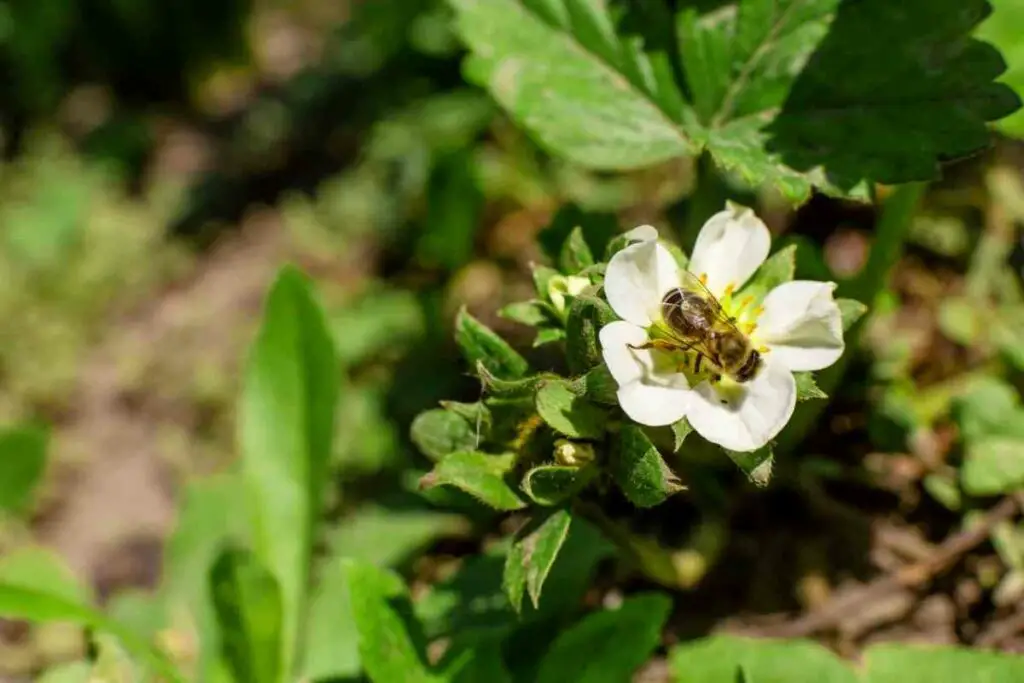
Why Should You Have Flower Diversity?
First, plant flowers that have a lot of pollen and different shaped flowers. You also want there to be different flowering periods throughout the year, lasting from early spring all the way to late summer.
Different bees have different length tongues for flowers of different shapes. Bombus Hortorum has the longest tongue and likes deep flowers such as foxglove and honeysuckle.
Planting diverse flowers will increase the number of pollinators in your garden while inherently increasing your biodiversity.
What Is The Importance Of Native Species?
It is also important to plant native species. This is because they evolved next to native insects, and some rare species prefer native flowers.
Wildflowers are also easy to maintain and grow and are frequently pest-resistant. They require very little maintenance and will grow like weeds (in a good way!)
Certain shrubs and trees are also great because they provide a large number of flowers. Hazel, willow, wild cherry, and apple are all great choices. The more flowers you can provide for your pollinators, the better.
What Are Insect Houses?
An insect house provides a site for solitary insects and bees to nest. Make them south-facing but don’t put them in direct sunlight. Point the entrance a bit downwards so rain can’t get in.
Creating a bee and insect house will help out insects who need shelter or were separated from their pack.
Why Should You Let Your Lawn Overgrow?
Keeping a thick, healthy lawn benefits the environment. It can reduce erosion, trap carbon dioxide, and reduce temperatures.
Gardens and lawns cover more space than all of the UK Nation Nature Reserves combined.
Beetles, worms, and insects all live in grass. They also increase the bird population in your lawn like starlings who are feeding on said insects.
Lawn weeds like dandelions are great for bees and give pollen right when the season begins. White clover also attracts many honeybees, whereas bumblebees with longer tongues like red clover.
Some flowers that may appear include orchids, cowslips, buttercups, selfheal, speedwell, and daisies.
If you don’t want your whole lawn to grow, leave just a patch. Long grass shelters lizards, hedgehogs, newts, frogs, and more. If you have trees on your lawn, plant native flowers or leave a border of grass around them. This will be aesthetically pleasing and encourage biodiversity.
A lot of wildflowers are considered weeds because of how quickly they spread, but they are actually very good for pollinators. Selfheal, lesser celandine, and bird’s-foot trefoil are all good examples.
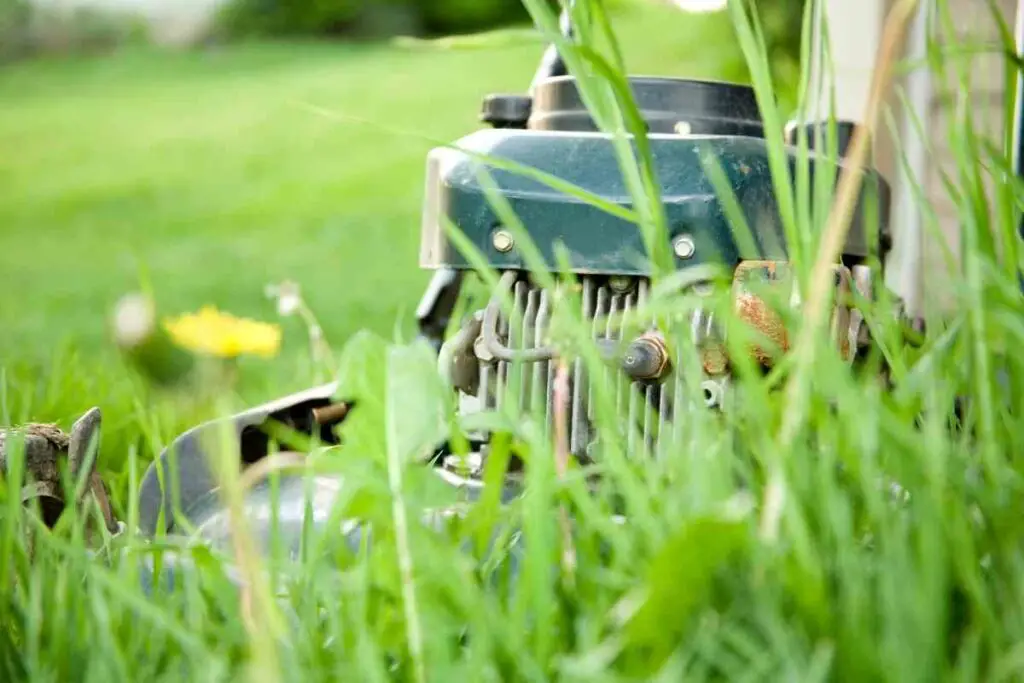
How Do Ponds Increase Diodiversity?
Ponds are easy and rewarding to create. They are often an option that is overlooked. However, they are a priority habitat in the UK Biodiversity Action Plan (BAP). They provide habits for over 100 BAP priority species.
Ponds add beauty to your organic garden while also creating a place for aquatic animals to live, who otherwise wouldn’t visit your garden.
How Do You Create A Pond?
1. Let your pond colonise on its own (don’t stock it).
Ponds tend to colonize rapidly, so there is no reason to artificially stock them. In addition, the beginning phases of the creation of ponds are very valuable for “new pond” species. These include stoneworts and darter dragonflies.
If you must plant, use native species.
Don’t use common reed unless you want to create a reedbed. Common-read colonizes quickly and will dominate your pond.
You can use the Pond Creation Toolkit to help you build your pond to target specific species that you want to attract.
2. Disturb your pond as little as possible.
Walking around your pond risks erosion, which you want to avoid as much as you can. If people, livestock, or wildfowl are going to use the pond a lot, fencing around your pond may be a good idea.
3. Find a good place to locate your pond.
You need a clean water source to attract the most wildlife. Groundwater or clean water runoff with minimal pollution is the best option.
- Don’t link ponds to rivers or streams because they tend to bring in polluted water or invasive species.
- Use gravel and sand substrates for ponds that are fed with groundwater.
- Use clay substrate for surface water ponds and make sure they’re fed by runoff from natural land.
- Don’t use runoff from urban areas.
Why Shouldn’t You Use Pesticides?
Rachel Carson’s Silent Spring provided the first widespread information about the harmful effects of pesticides and insecticides on the environment.
Some pesticides directly poison species and cause species decline which threatens rare species.
Other pesticides produce biomagnification, which is when they become more acute the further up the food chain they get. That means top predators like raptors and mammals suffer the most.
Lastly, pesticides reduce the number of insects and weeds which are a food source for many species, as well as create biodiversity in and of themselves.
In Europe, up to 50% of species that are of conservation interest and 80% of protected habitat types currently have dismal conservation status.
If you use pesticides in your organic garden, they would have to be organic in order for your garden to still be considered an organic garden.
Using pesticides would hurt the plants and animals already in your garden, the ecosystem attached to your garden, and any potential new biodiversity.









